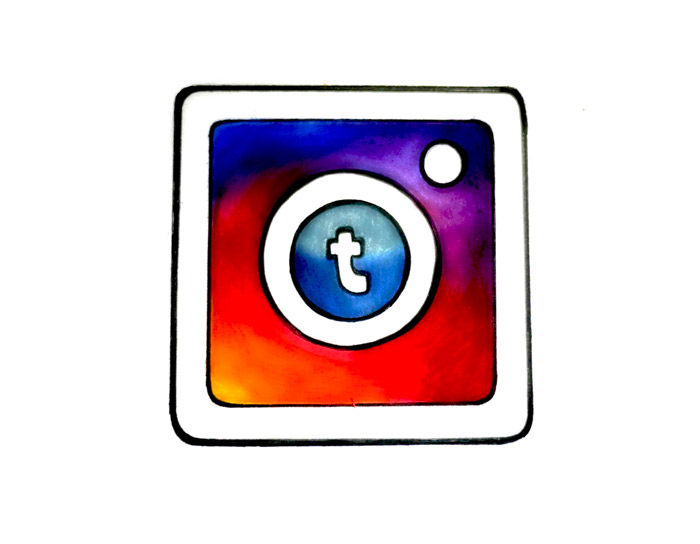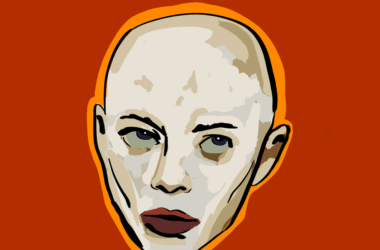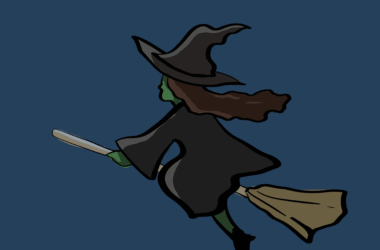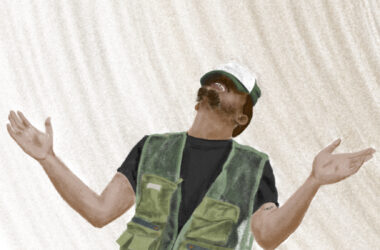Art is becoming increasingly digitized. As university students, we are at the threshold of an entirely new era of art, one without the bounds of physical space or financial limitations. As the Internet has expanded and social media platforms matured, social networking’s impact has become global. To advance into a digital art community, the current and future generation of artists must embrace this new environment.
For millennials, social media is challenging to avoid, as the bestselling author of Socialnomics, Erik Qualman, explained in 2010.
“We don’t have a choice whether we do social media,” Qualman said. “The question is how well we do it.”
The Pew Research Center posits that over 90 per cent of young people aged 18-29 have accounts on at least one form of social media. With such a large demographic of users, it’s understandable that social media has evolved past sharing photos or chatting with friends. Rather than simply being a new form of communication, social media is becoming a vital part of successful branding, helping expose artists and their work to the world.
“There’s an ethos of young artists that accept this,” Dr. Christopher Gutierrez, a professor in the McGill Department of Art History and Communications, explained. “[. . . . ] We are at a point where these people have been able to make names for themselves through online presentation.”
When addressing the various forms of social accounts used for art sharing, Gutierrez argues that Tumblr is the website platform on which users are most likely to borrow from others. This is done through reblogging, rather than creating original content. Importantly, social media platforms do not claim ownership of the content published through their website. Both Instagram and Tumblr state in their terms and conditions that users retain the right and ownership to their intellectual property. Still, users who replicate their own work and repost others, immortalizing it on the Internet, can lead to plagiarism disputes.
“It isn’t just that you’re giving away your own work, it’s that you’re creating content for Tumblr,” Gutierrez added. “And you’re actually making art for corporations.”
This mass online presentation, however, can have deteriorating effects on the art. Gutierrez explained that on the Internet, you have to save and download a photo in order to keep it—and the image degrades slightly from its original state.
“[Through replication] you lose a little part of the original piece,” Gutierrez said.
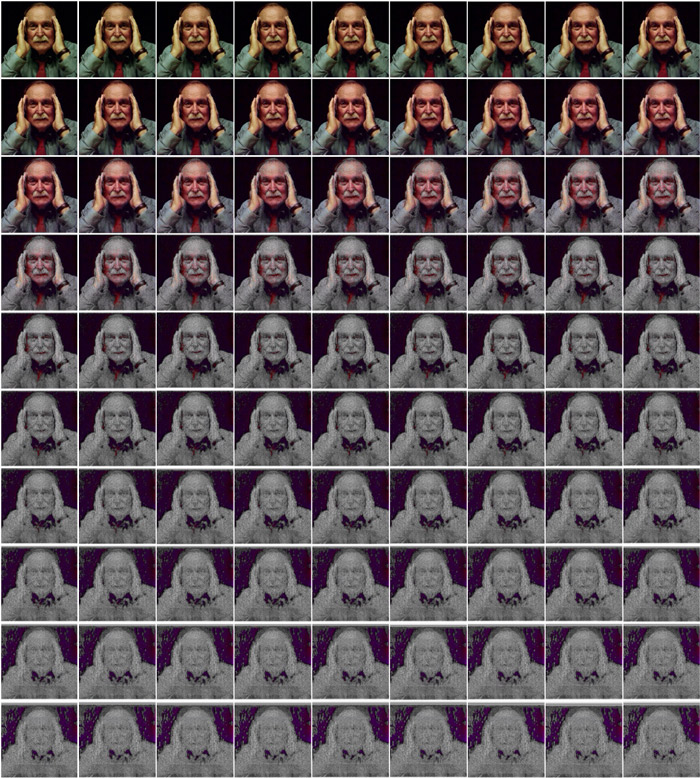
Pete Ashton is an artist who repeatedly re-uploads images to his Instagram account until they degrade into almost nothing. He cycles through these images as they become discoloured and fuzzy.
“Tiny details show its age, it’s become dated in some way,” Gutierrez explained, in reference to Ashton’s art. He argues that we tend to think of digital files as immaterial, but they degrade through circulation. Reproduction affects the quality of the image, even online.
Despite the degradation of physical quality when art is posted online, the Internet presents a major advantage for distributing one’s art. Artists create websites to post their portfolios and use Instagram, Tumblr, Pinterest, or individual blogs to gain publicity. Additionally, art through the medium of social media lowers the entry barrier one might otherwise face in the global art community. Artists no longer have to rent out a gallery or be selected to have their work publicized in a show. The competition for physical space is transforming into competition for viewers’ attention.—the Internet is a limitless gallery. Nevertheless, this increased visibility does not ensure exposure. A proliferation of visual art online requires artists to instantaneously grab viewership.
“There’s the paradox there—the right to free speech isn’t the right to be heard,” said Gutierrez. “So how images circulate and the barrier to entry is definitely lower. People have better access and ability to create things, but what gets seen and how and why?”
Gutierrez expanded on how modern mediums of visual art struggle to conform to traditional viewing.
“Institutions and galleries are still struggling with art that they still can’t recognize,” Gutierrez said. “It is hard to deal with because a GIF is something that is largely consumed on a screen, and it moves and it’s mobile, so by putting it up on a wall seems counter-intuitive—so how do you present art in that sense? At an institutional level, it proposes this question of, ‘So how do we present this art?’ But as a viewer it presents an interesting opportunity of seeing and gathering art.”
This is where the actions of university students come into play. We, as both viewers and artists, use social media to our artistic advantage. University students, particularly in North America, have likely used social media technology since adolescence. The potential of social media to increase the accessibility of art is an opportunity we must take advantage of.
The loss of the physical quality of an image through its propagation online could be considered a necessary sacrifice in the evolution of virtual art. Yet, through an additional collective effort, the proper citation for digital art can be produced. The initial purpose of social media may not have been to distribute art, let alone become a platform for creating it, but this isn’t the first time that the potential of cyberspace has surprised us. The future generation of prominent artists will consist of those who best adapt themselves to this changing technology.
